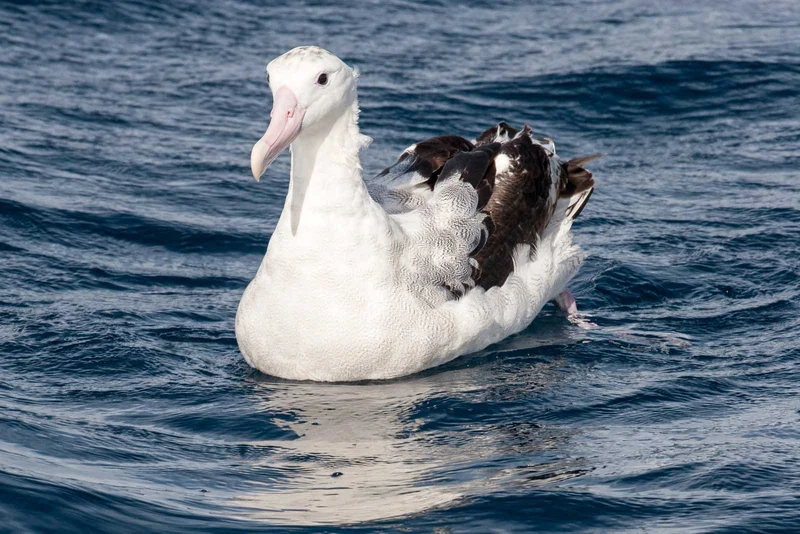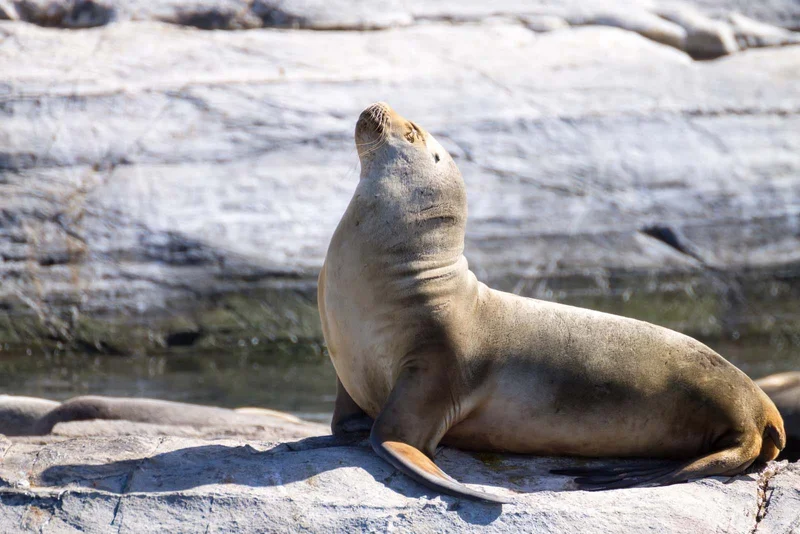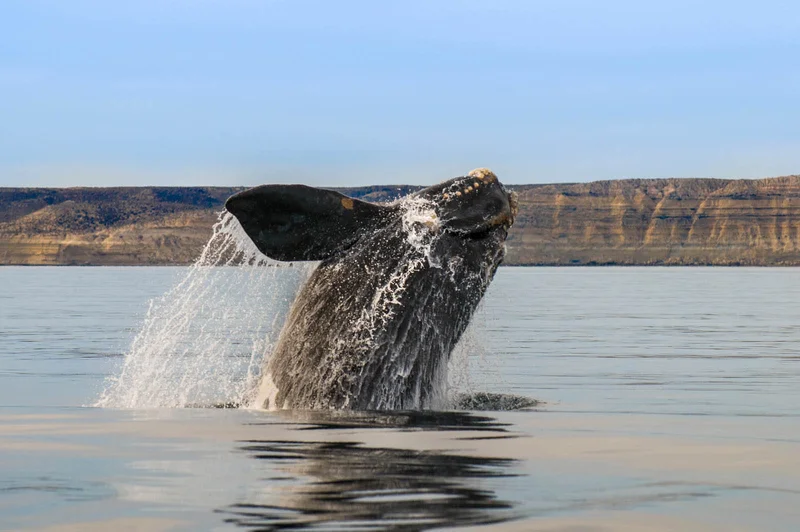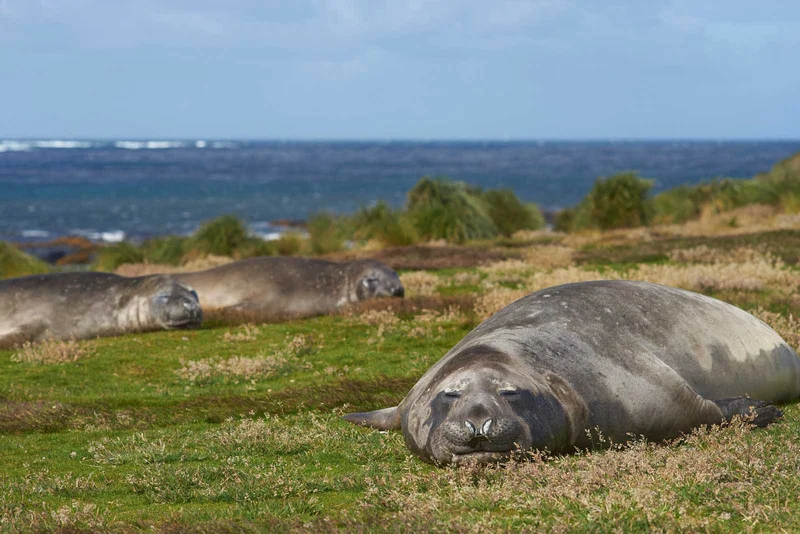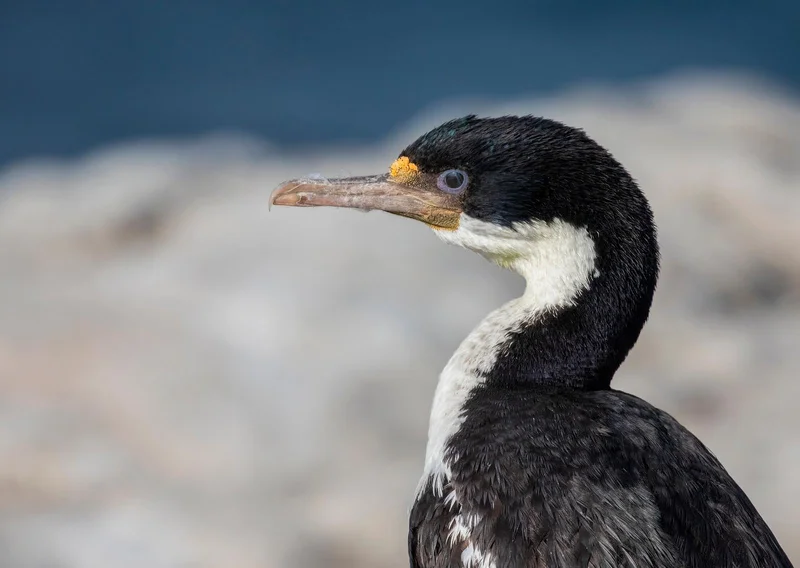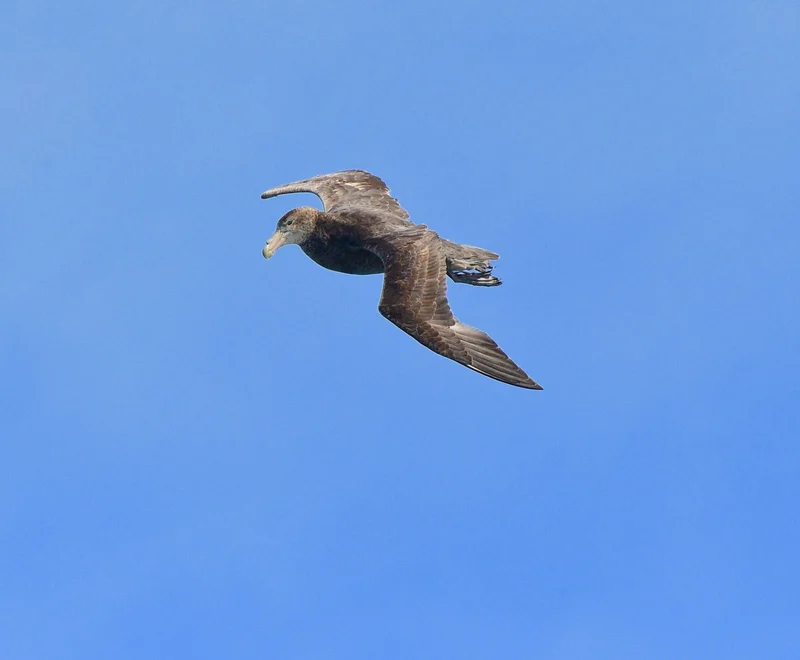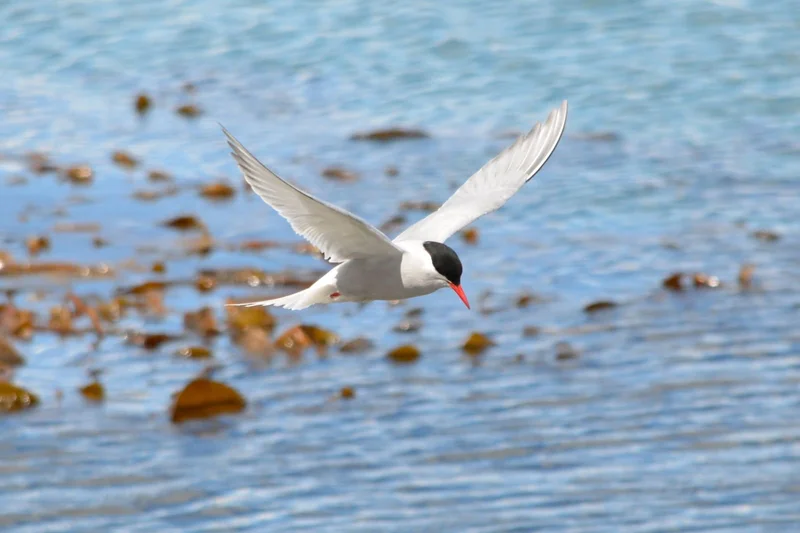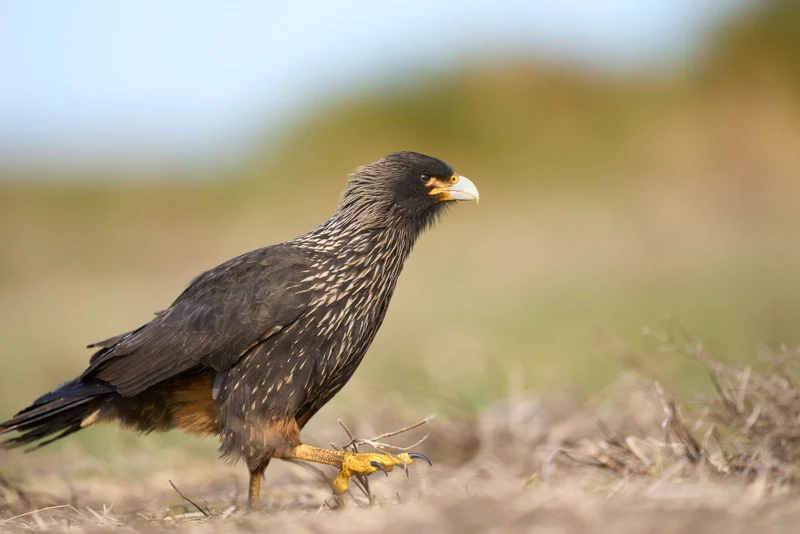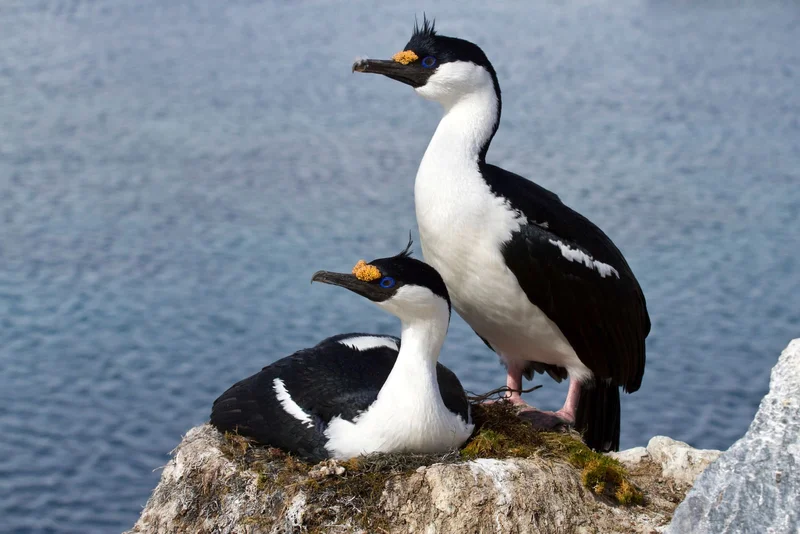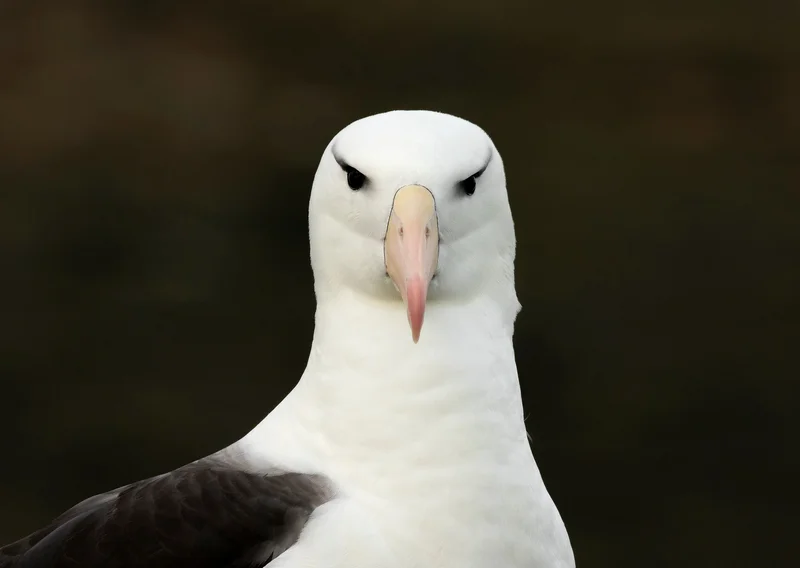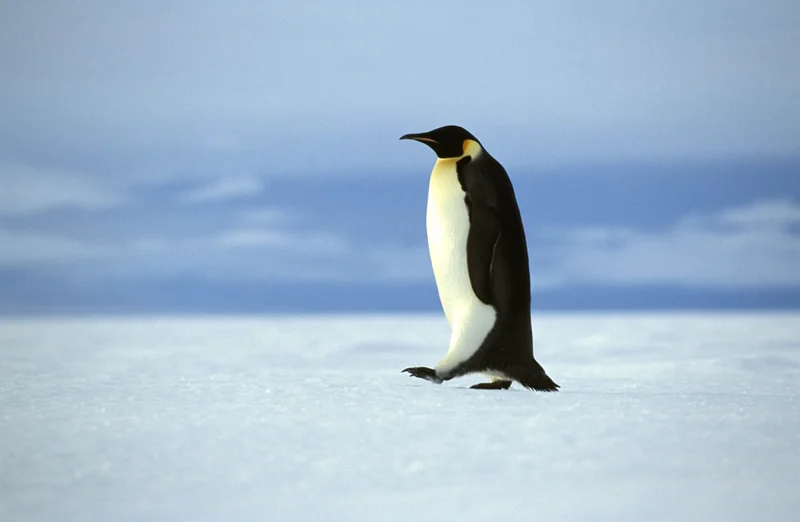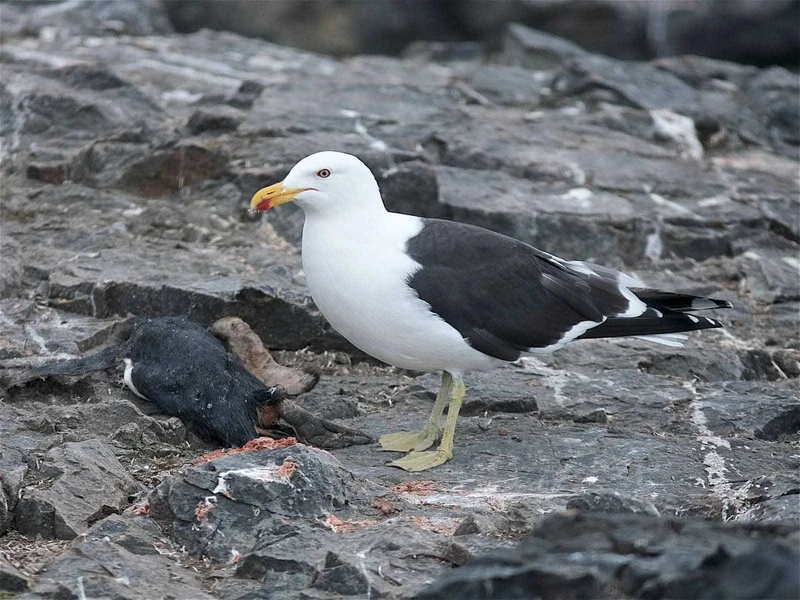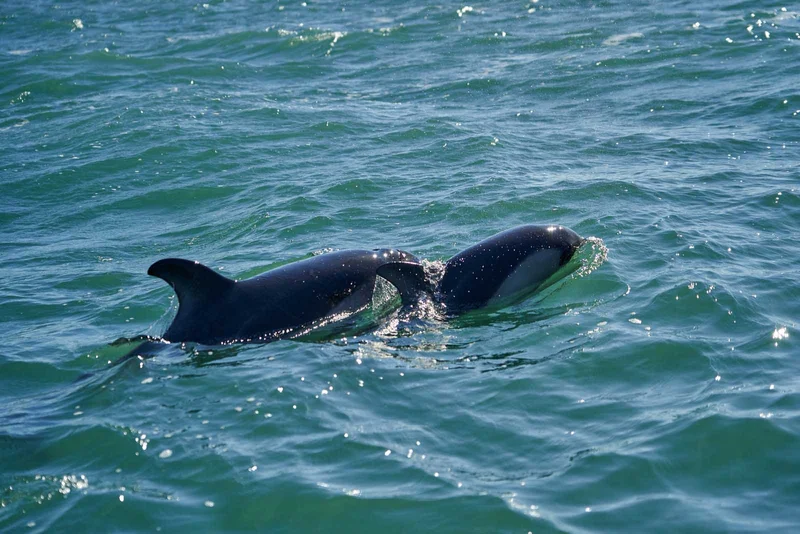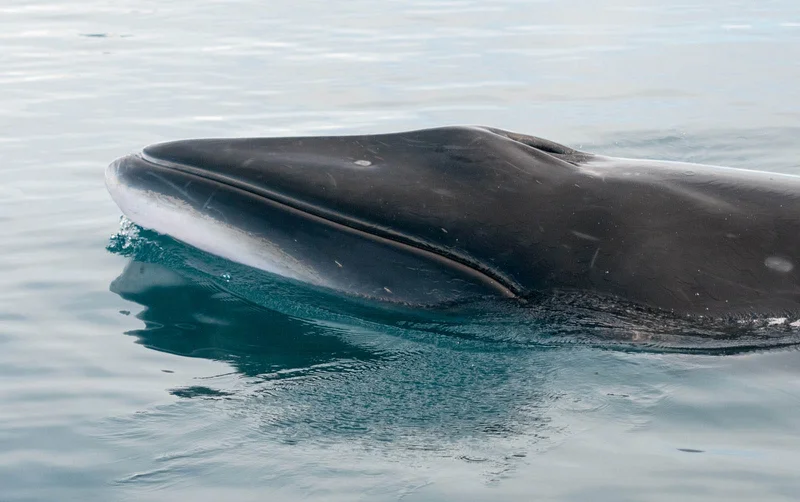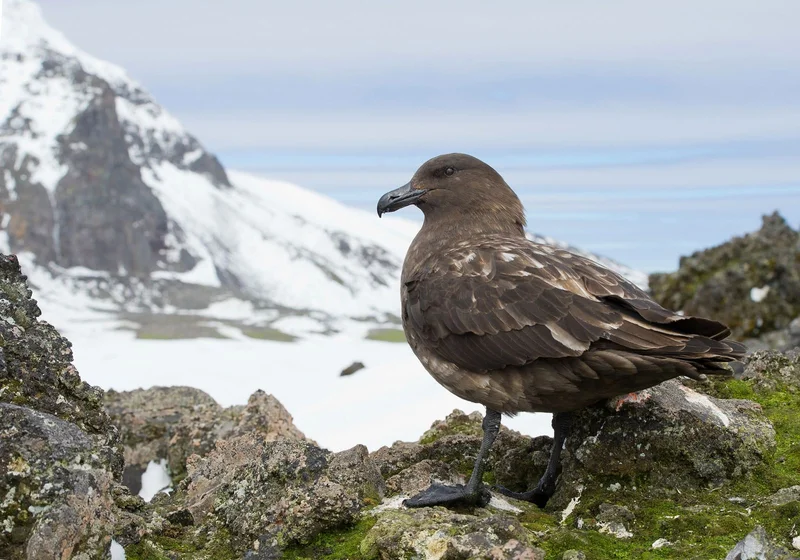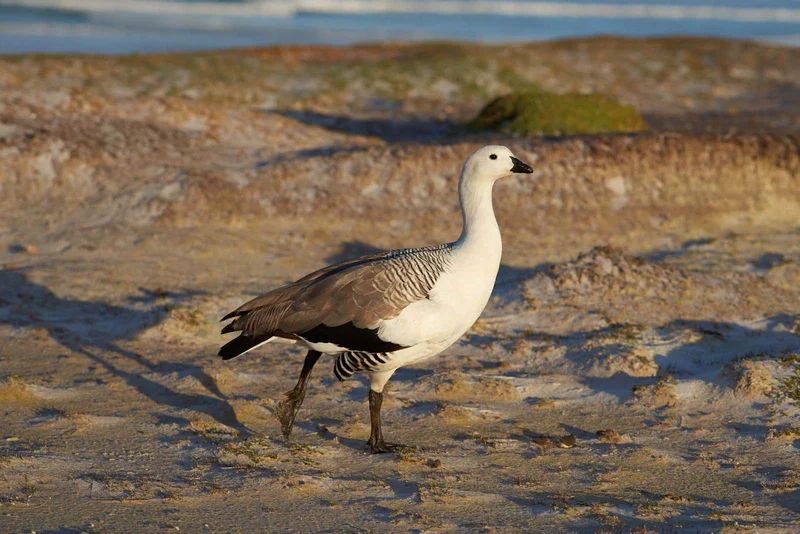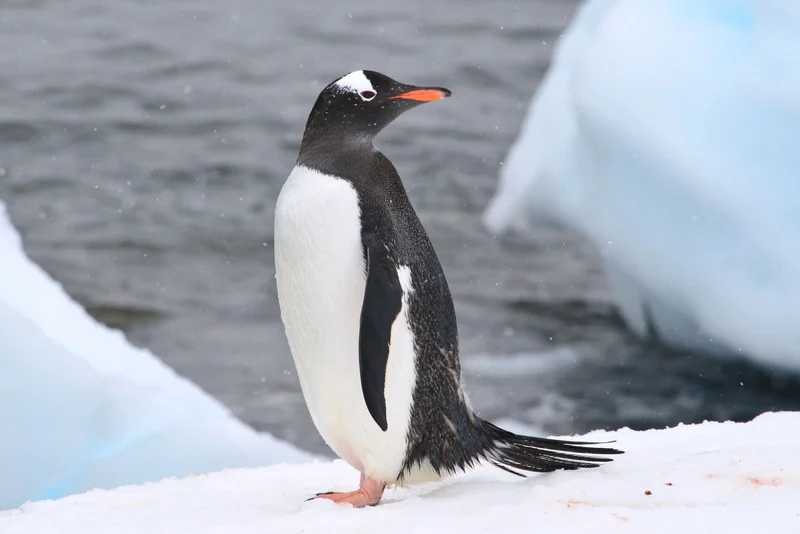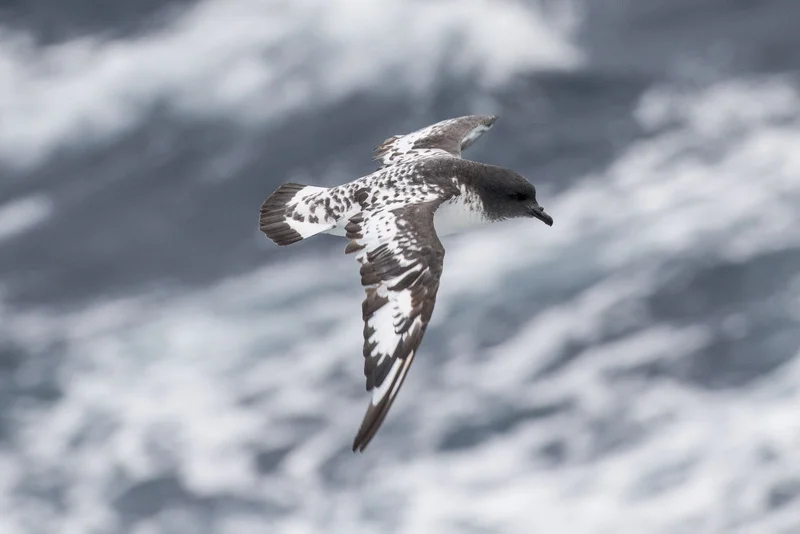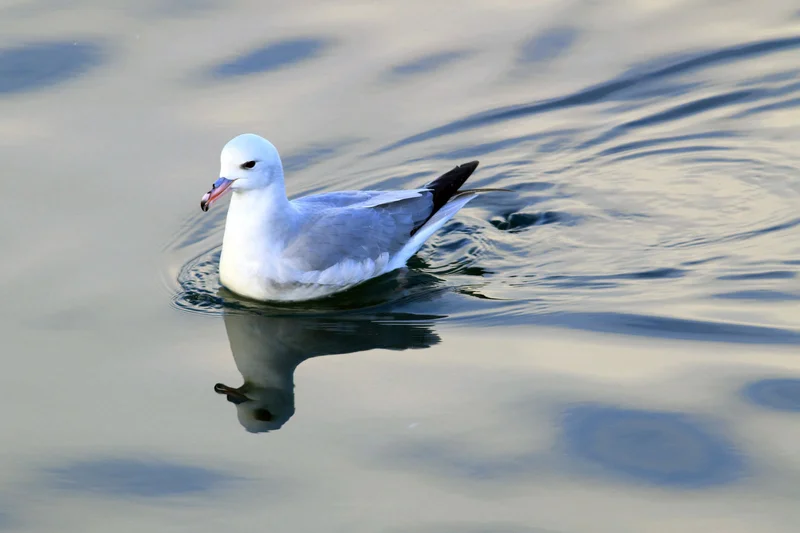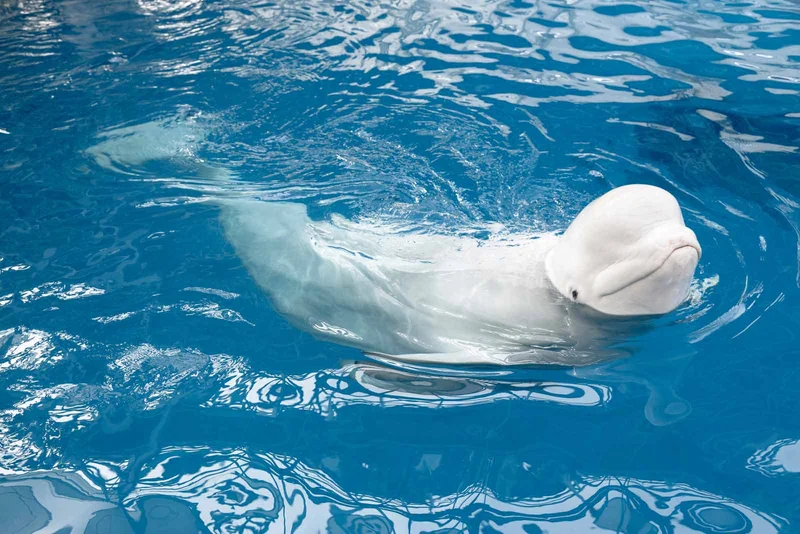Essential Humpback Whale Information
The humpback whale is one of the most recognizable baleen whales, thanks to its long pectoral fins, humped back, and frequent breaching, where it throws most of its body out of the water before crashing back down. Found in oceans worldwide, humpbacks tend to stay within distinct populations, rarely intermingling.
Migration and Feeding
Humpbacks are highly migratory, traveling up to 16,000 miles each year. They feed in polar waters during the summer, building fat reserves for their long journey to the equator, where they breed and give birth during the winter. These whales can grow up to 15 meters (50 feet) long and weigh around 33 tons, with their pectoral fins stretching up to 6 meters (20 feet) in length, about one-third of their body size.
Hunting Techniques
Humpback whales are baleen feeders, primarily eating krill, small crustaceans, and small fish. They employ a variety of hunting methods, including surface slaps of their pectoral fins to stun prey. One of their most unique strategies is "bubble netting," a cooperative hunting method where whales blow bubbles while swimming in circles around a school of fish. This technique traps the prey in a shrinking ball, allowing the whales to charge upward with mouths open, filtering the fish through their baleen plates.
Defending Against Predators
Juvenile humpbacks are often prey for orcas, but adult humpbacks have been observed defending their young by using their large fins to "club" the orcas. Recently, groups of great white sharks have been seen attacking adult humpbacks, though it’s unclear how common these events are.
Conservation Status
Commercial whaling nearly drove humpback whales to extinction, with fewer than 5,000 individuals remaining by the time of the 1966 moratorium. Fortunately, their population has since rebounded to around 80,000, although this is still lower than their pre-whaling numbers of 125,000. Humpbacks remain vulnerable to ship strikes, fishing gear entanglement, climate change, and underwater noise pollution.
Interesting Facts
- Long Pectoral Fins: Humpbacks have the longest pectoral fins of any whale species, with some reaching over 6 meters (20 feet) in length.
- Bubble Net Feeding: Humpbacks work together to trap prey using bubbles, a unique and highly effective group hunting technique.
- Close Encounters: Adolescent humpbacks are often curious and may approach boats, making for memorable whale-watching experiences.


